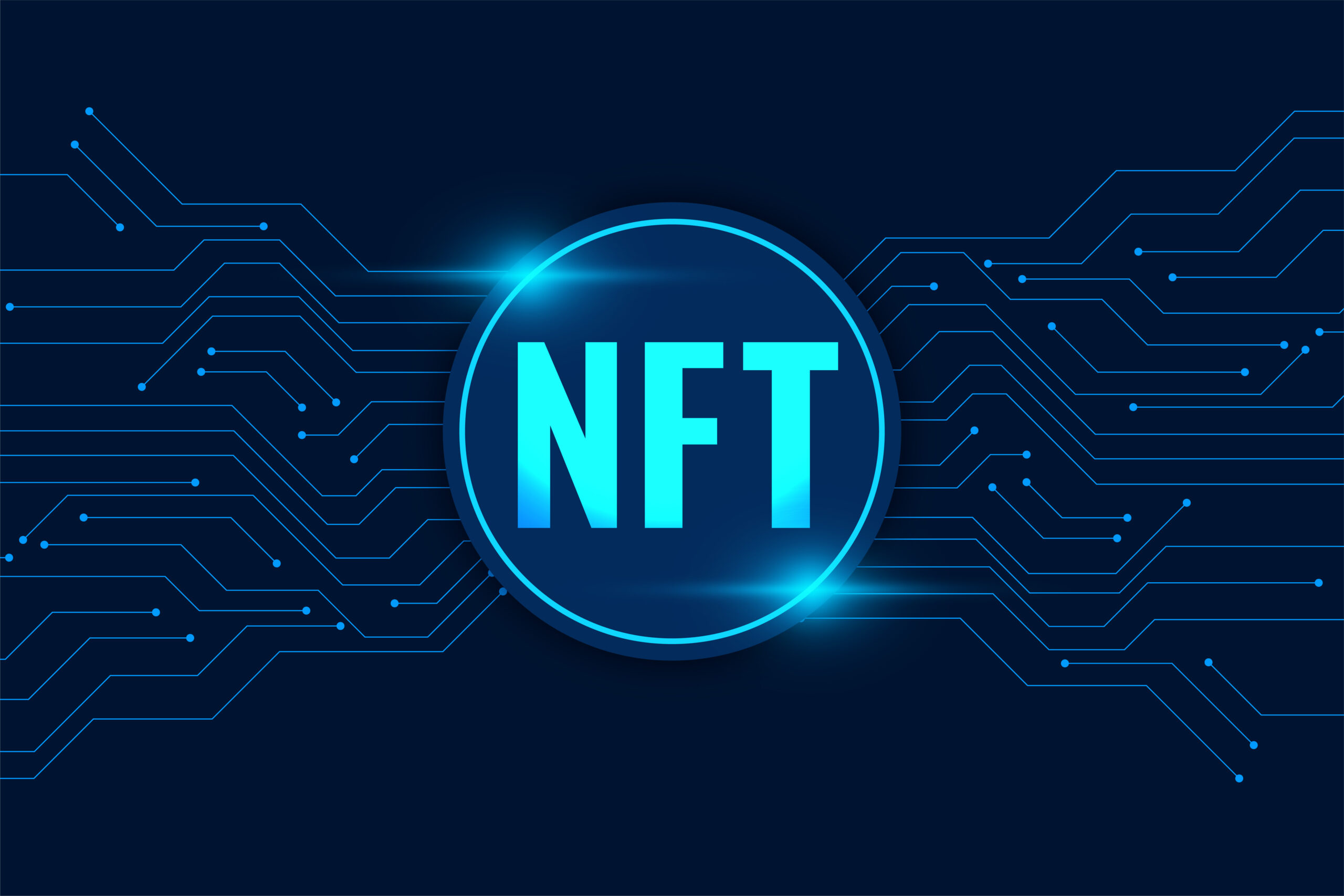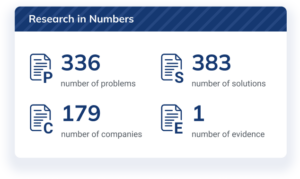
 NFTs are cryptographic assets on a blockchain. Each NFT has its own unique identification codes and metadata; this data helps to distinguish NFTs from one another.
NFTs are cryptographic assets on a blockchain. Each NFT has its own unique identification codes and metadata; this data helps to distinguish NFTs from one another.
There is no way to trade or swap NFTs for the same value as with well-known cryptocurrencies like Bitcoin, and this differs from exchangeable tokens, which are all the same and can serve as a medium in business transactions.
What Exactly Are Fungible vs Non Fungible Tokens?
NFTs are unique, up-and-coming, non-fungible, and one-of-a-kind. So, what do they represent exactly?
Here is a breakdown of the critical factors that make NFTs unique and particular in today’s market:
- NFTs are unreplicable, unique, blockchain-exclusive cryptographic tokens.
- NFTs can represent physical items such as artwork and real estate.
- The “tokenization” of real-world tangible things simplifies the following and helps to reduce fraud:
- Buying
- Selling
- Trading processes
- NFTs can represent non-physical items such as identities, property rights, and more.
- NFTs have been sought after by collectors because their value went up initially but has since gone down.
How do NFTs work?
A blockchain is a public ledger that keeps track of transactions and distributes them. Blockchain is the main area where NFTs are stored. More specifically, NFTs are stored on the Ethereum blockchain. Some NFTs can also be stored on other blockchains. An NFT is created, or “minted,” using digital items that represent both actual and fictitious entities, such as
- Graphic art
- GIFs
- Videos and sports highlights
- Collectibles
- Virtual avatars and video game skins
- Designer sneakers
- Music
- Even tweets count. (Twitter co-founder Jack Dorsey sold his first-ever tweet as an NFT for more than $2.9 million.)
NFTs are like what we know as physical collector’s items; the main difference is that they are digital. Thus, a buyer doesn’t necessarily get a physical asset to portray. Instead, they get a digital file.
The buyers also get exclusive ownership of the property. NFTs can only have one owner at a time. Since they use blockchain technology, it’s simple to find out who owns them and transfer tokens between them. The individual who created an NFT can additionally store unique information in its metadata. Artists, for example, can sign their work by signing it in the file.
What Are NFTs Used For?
Blockchain technology and non-fungible tokens (NFTs) give artists and people who make content unique ways of making money from their work.
Thinking about the “modern artist” is a great way to understand NFTs concepts better. In the past, artists would sell their work through galleries or auctions. Although, modern-day artists can sell pieces directly to the buyer as an NFT, and this prevents payments to the gallery or splitting an income with an auction house.
Artists can make money from a painting or piece in more ways than one. They can set up “royalty fees,” which means that when new owners buy their art, they get a cut of the money. This is a bonus since, in most cases, artists only get money after the original sale of the piece.
Artists are a great concept to help new users understand what NFTs are and do. But Art is one of many companies that can benefit from implementing NFTs.
NFTs are used by top companies, like
- Adidas
- Mcdonald’s
- eBay
- Nike
- Coca Cola
Is everyone investing in NFTs?
These top companies help to show that NFTs have significant power in shaping the future. NFTs are used for various reasons by the leading companies in the world. Here are some of the reasons they’ve been implemented in these companies:
- To change marketing strategies
- Offer new customer experiences
- Make NFT technology better
Is it safe to invest in NFTs? What are the risks?
There are risks for everything, but when it comes to NFTs, buyers and sellers often fall at risk for various aspects of fraud. It’s vital that when anyone is investing in something such as NFTs, they are aware of all the risks accompanying their investment. So, what are some key differences between fungible vs non fungible tokens?
1. Price Volatility
NFT prices change minute-by-minute, making future earnings unknown. An NFT’s value is determined by the buyer’s willingness to pay; hence, it may not resell or sell for less. Because NFTs are exceedingly volatile, if no one wants to buy a seller’s NFT, the seller must keep it.
2. Wash Trading
Wash Trading is a more widespread type of cryptocurrency fraud that occurs with NFTs. During “wash trading,” an NFT seller or developer may increase the price of their NFT. They mainly make the NFT appear in great demand by purchasing NFTs from several accounts at a price rise with each transaction.
3. Impersonations
Sellers often impersonate famous musicians or artists and sell artwork under their names. These NFTs are not legal, the transactions are irreversible, and purchasers never receive their money back.
4. Rug Pulling
Rug pulling is another prevalent fraud in the realm of NFTs. Rug pulling is the practice of an NFT vendor informing investors or purchasers about a new NFT project with a range of prospective features. When the project’s first phase is completed, the seller seals the deal, collects the money, and, most of the time, disappears.

